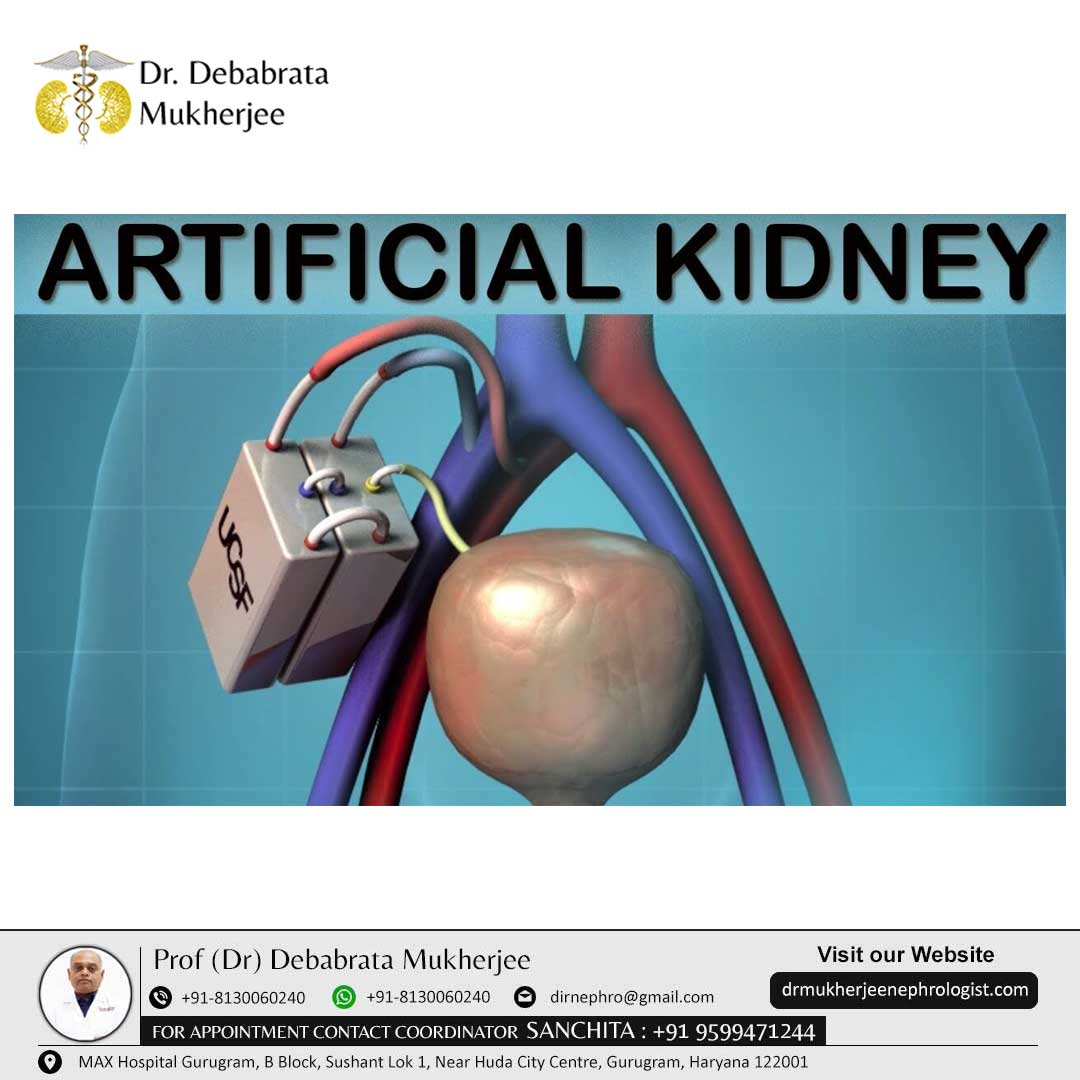Is there any artificial Kidney for transplant?
1. Wearable Artificial Kidneys
Concept: Wearable artificial kidneys are devices designed to be worn outside the body and connected to the patient via tubing. They aim to provide continuous dialysis, which can be more convenient and less restrictive compared to traditional dialysis.
Status: Several prototypes have been developed, such as the Wearable Artificial Kidney (WAK) and the Portable Artificial Kidney, which are in various stages of clinical trials. These devices offer the potential for more flexible treatment options and improved quality of life for patients with end-stage renal disease (ESRD).
Concept: Bioartificial kidneys combine biological elements with synthetic materials to mimic the function of a natural kidney. These devices use living kidney cells to filter blood and remove waste products.
Status: Research is ongoing in this area, with the development of devices like the Kidney Project’s bioartificial kidney, which aims to integrate kidney cells with a dialysis machine. This technology is still in the experimental phase but shows promise for future clinical use.
3. Implantable Artificial Kidneys
Concept: An implantable artificial kidney would be a device that can be surgically implanted within the body to replace kidney function. This would ideally eliminate the need for external dialysis machines or frequent treatments.
Status: As of now, implantable artificial kidneys are primarily in the research and development phase. Advances in bioengineering and materials science are working towards creating a viable and functional implantable device.
4. Current Technologies and Alternatives
Dialysis: Traditional dialysis remains the primary treatment for patients with severe kidney dysfunction. It includes hemodialysis and peritoneal dialysis, which are effective but can be time-consuming and have lifestyle impacts.
Kidney Transplant: Kidney transplantation is currently the most effective long-term solution for end-stage kidney disease, offering improved quality of life compared to dialysis.
Challenges and Future Directions
Biocompatibility: Ensuring that artificial kidneys are biocompatible and do not cause adverse reactions in the body is a significant challenge.
Long-Term Functionality: Achieving long-term functionality and durability of these devices is crucial for their success.
Regulation and Approval: New technologies must undergo rigorous testing and regulatory approval before they can be widely available for clinical use.
Conclusion
While a fully functional, implantable artificial kidney is not yet available, significant progress is being made in wearable and bioartificial kidneys. These advancements hold the potential to revolutionize the treatment of kidney failure by offering more convenient and effective options for patients. Ongoing research and development in this field continue to bring us closer to more practical and widely accessible solutions.


Prof (Dr) D Mukherjee is an alumnus of the prestigious Armed Forces Medical College, Pune where he did his MBBS & MD (Medicine). Subsequently he went on to do his DM (Nephrology) from PGIMER Chandigarh, which is the foremost training institution for nephrology in India.